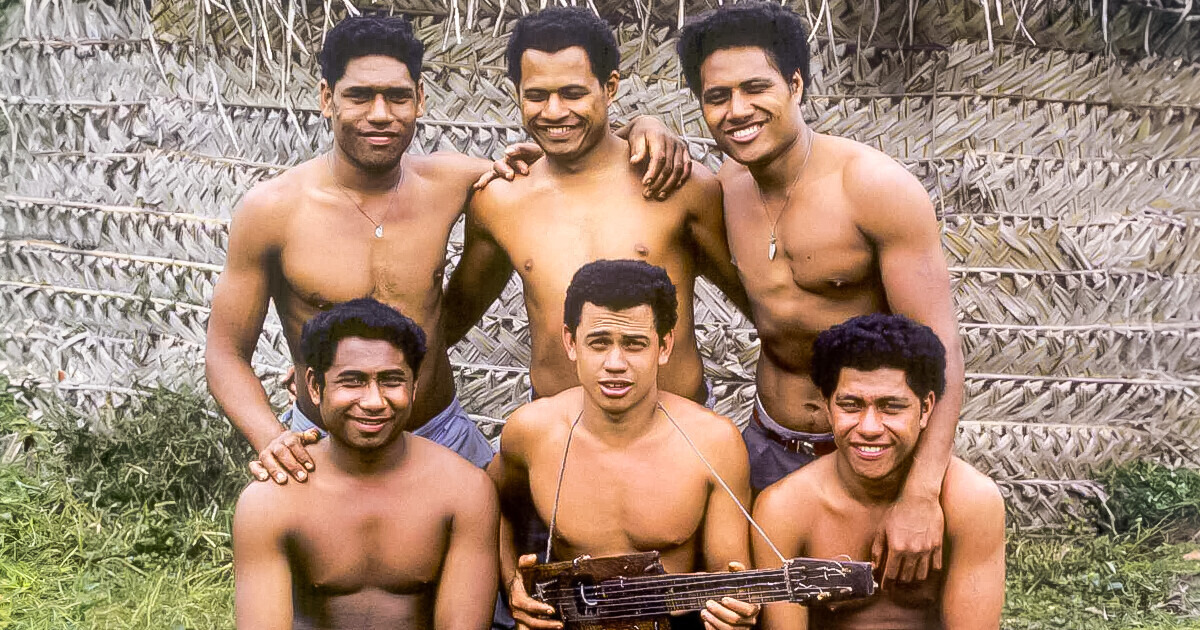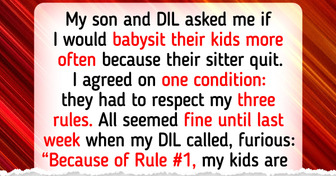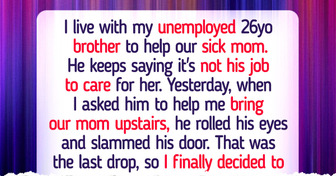12 Crazy Stories That Happened Right in the Delivery Room


In 1965, six Tongan teenage boys, known as the Tongan castaways, escaped from their boarding school on the island of Tongatapu by stealing a boat. They ended up shipwrecked on the uninhabited island of ʻAta, where they survived for 15 months until they were rescued.
In 1966, six teenagers were found living on the Tongan island of Ata. They were discovered by Peter Warner, an Australian adventurer, who was astonished to learn that they had been missing for 15 months.
The teenagers recounted that they had taken a fishing boat from Nuku’alofa, located 160 kilometers to the south, seeking an adventure. Unfortunately, their boat was damaged in a storm, and they drifted for eight days without food or water before washing ashore on Ata. There, they managed to build a hut and a fire, surviving on a diet of fish, bananas, and papayas.
Until 2021, none of the boys had shared their story in a full podcast interview. Now Sione Filipe Totau, better known as Mano, recounts his experiences as a 19-year-old stranded on the island of Ata.
Mano grew up on the tiny island of Ha’afeva in Tonga, dreaming of exploring the world beyond his small home. One day, he and some friends, aged between 15 and 19, decided to sail to Fiji by «borrowing» a local man’s boat. After school, they took the boat from the beach and set out from the harbor. Their adventure quickly turned dangerous when a storm hit at night, tearing off the sail, as they were unprepared for such severe weather.
The day after their sail tore, Mano and his friends were adrift, surviving on collected rainwater without food. After eight tense days at sea, they finally spotted the volcanic island of Ata. They reached the island late at night, and Mano cautiously explored before allowing anyone to disembark.
Mano jumped off the boat and swam to shore, feeling disoriented after eight days without proper food or water. Once he steadied himself, he called out to reassure the others. They all made it to shore, where they came together, prayed, and cried, relieved to be alive.
After landing on the island, Mano and his friends slept until sunrise. Their first task was to climb to the island’s peak. On the way, Mano found a piece of soaked wood and broke it to squeeze water into his mouth — the first drink he had in eight days.
Reaching the top, they felt a surge of life, more hopeful than when adrift at sea. Initially too weak to start a fire, they sustained themselves by foraging for shellfish, papayas, and coconuts. Gradually gaining strength, they persisted in trying to make fire. After three months, they succeeded in creating flames and enjoyed their first hot meal, marking a significant moment of survival on the island.
Next, Mano and his friends built a small house using his skills in weaving coconut fronds for the walls. It took two weeks to construct the shelter, which included a central fireplace and beds filled with banana leaves. They organized a roster to manage tasks such as maintaining the fire, praying, and caring for the banana palms. Working together, they prepared to live on the island indefinitely.
Although Mano has never grown fond of the island, he longed to return home and see his family. A month into their stay, he and his friends began constructing a raft by felling large trees and shaping the limbs with fire. When they tried to launch it, the raft only drifted along the shoreline, leading them to realize that escaping the island by sea was futile.
Mano tried not to dwell on their lengthy stay on the island, living in hope for a better tomorrow. After 15 months, their situation changed when Steven, one of the boys, spotted a boat approaching. Excited, he swam out to it. Initially, the captain of the boat and Australian adventurer Peter Warner dismissed the boy’s sound he heard as bird calls, but upon discovering Steven in the water, he realized there were people stranded. Looking towards the island, he saw five boys, long-haired and naked, on the beach.
The feeling of rescue was indescribable for Mano, overwhelmed with joy at the prospect of returning to his family in Tonga. Upon their return, the community celebrated for three days: one celebration by their families, another by the church, and a third by the island community, all rejoicing in their safe return.
In 2018 a drone captured tribe members with traditional bows and arrows who still live on inhabited islands.











